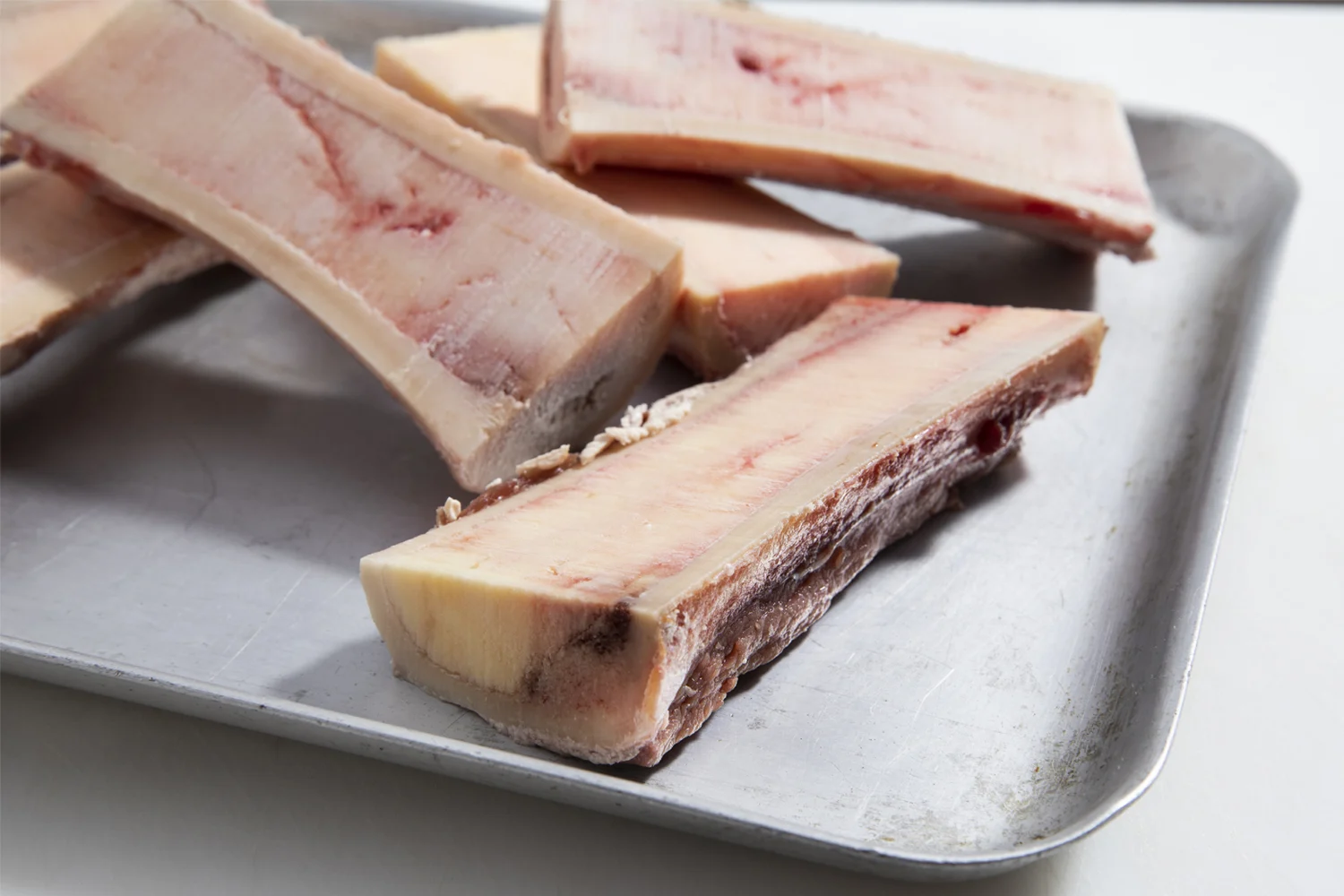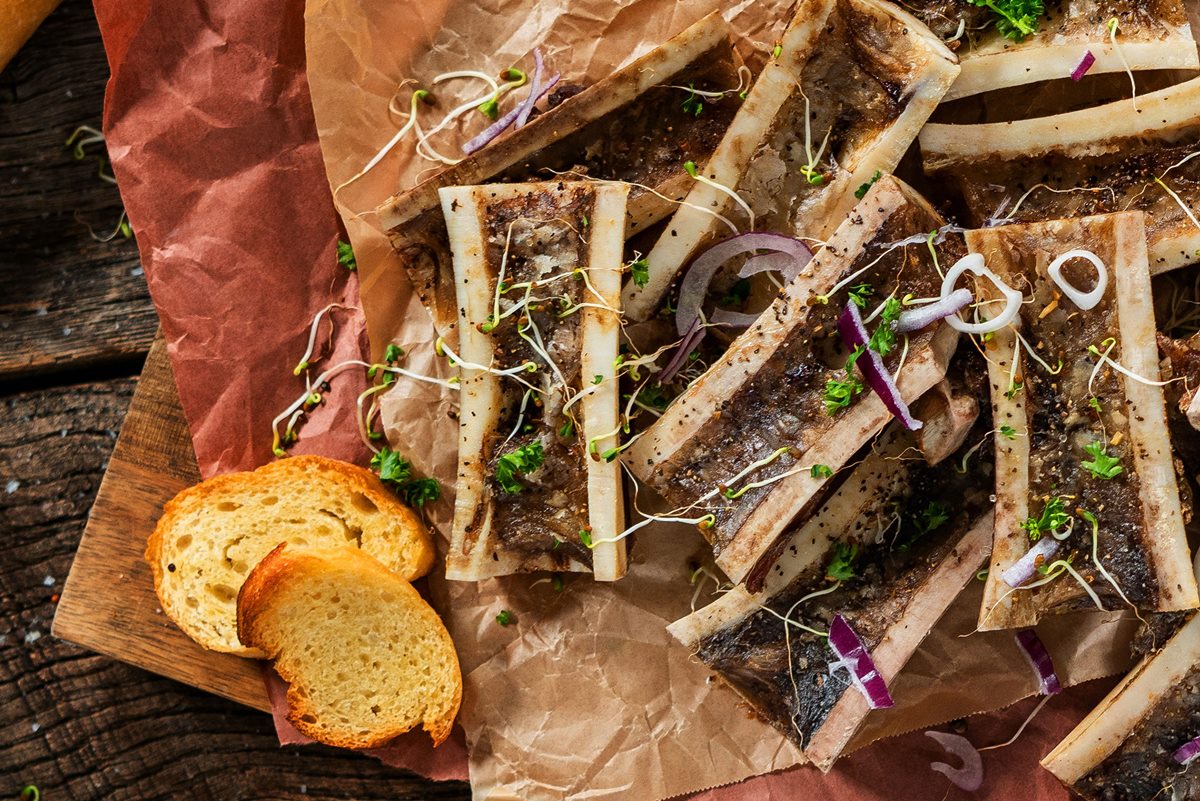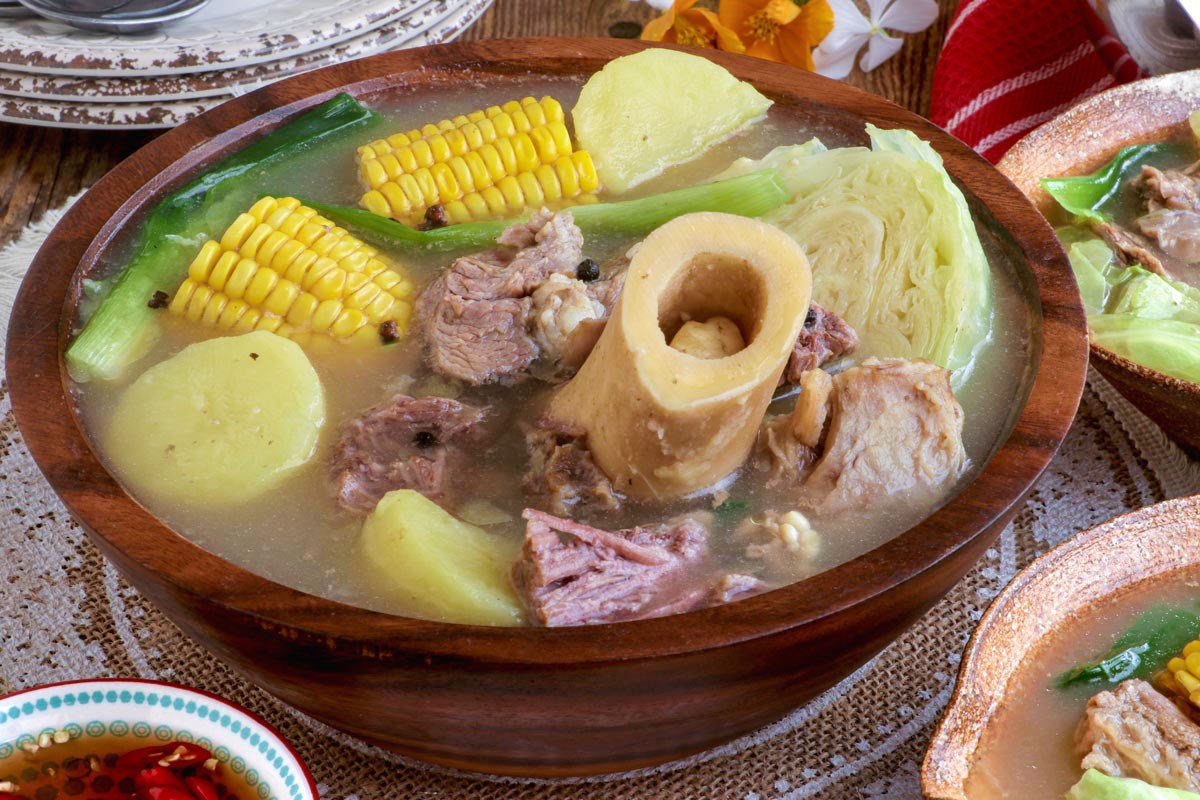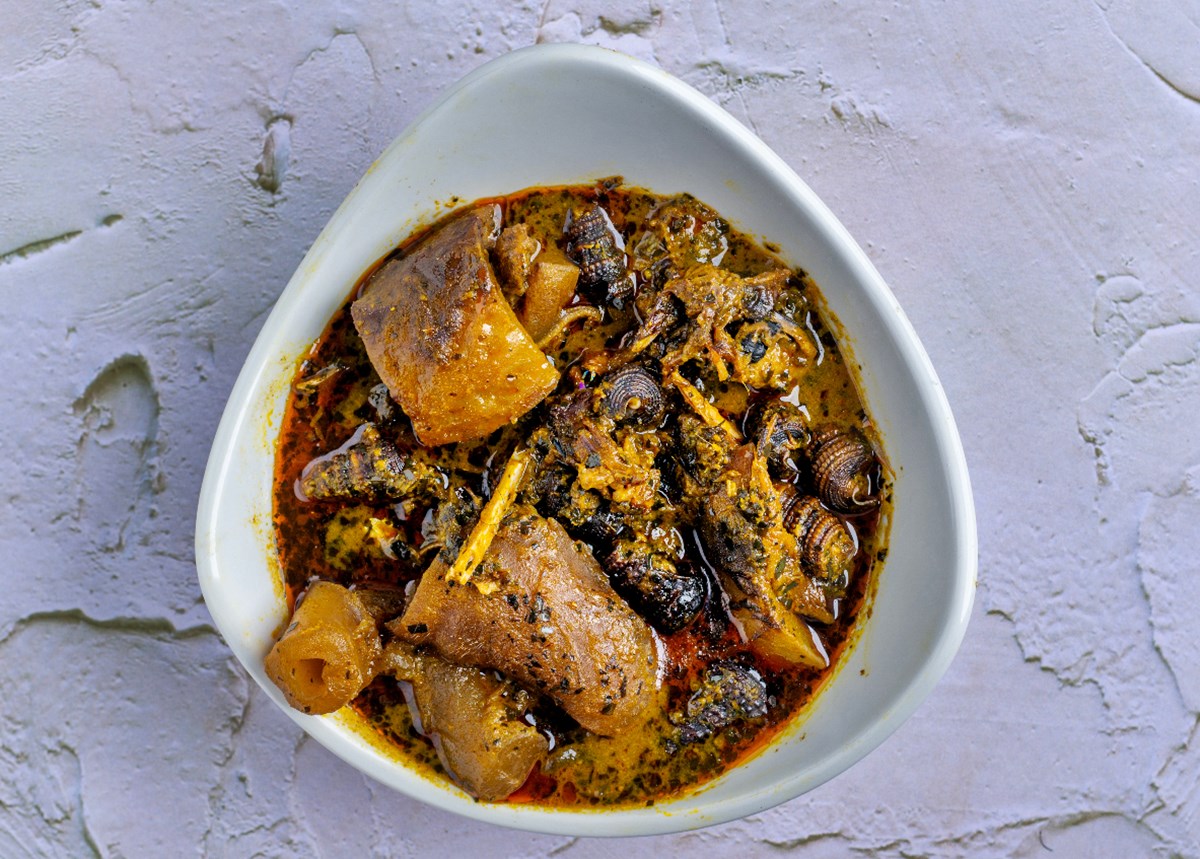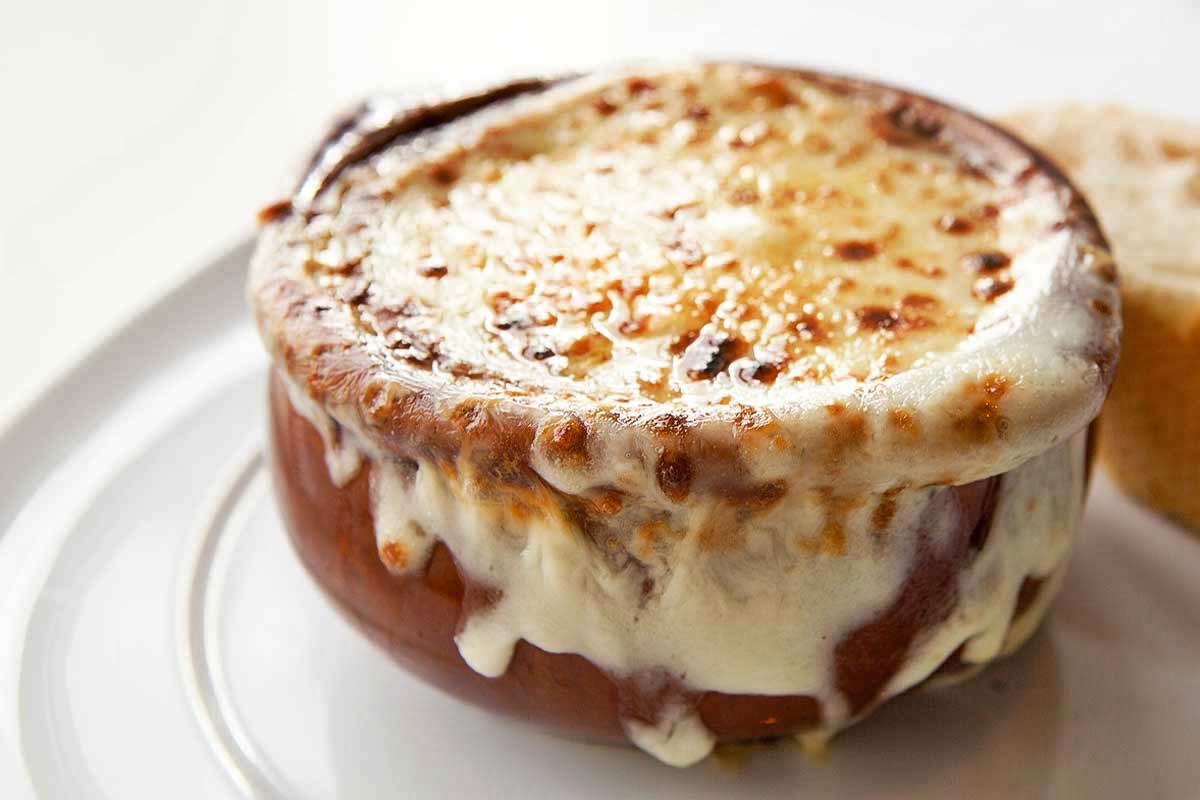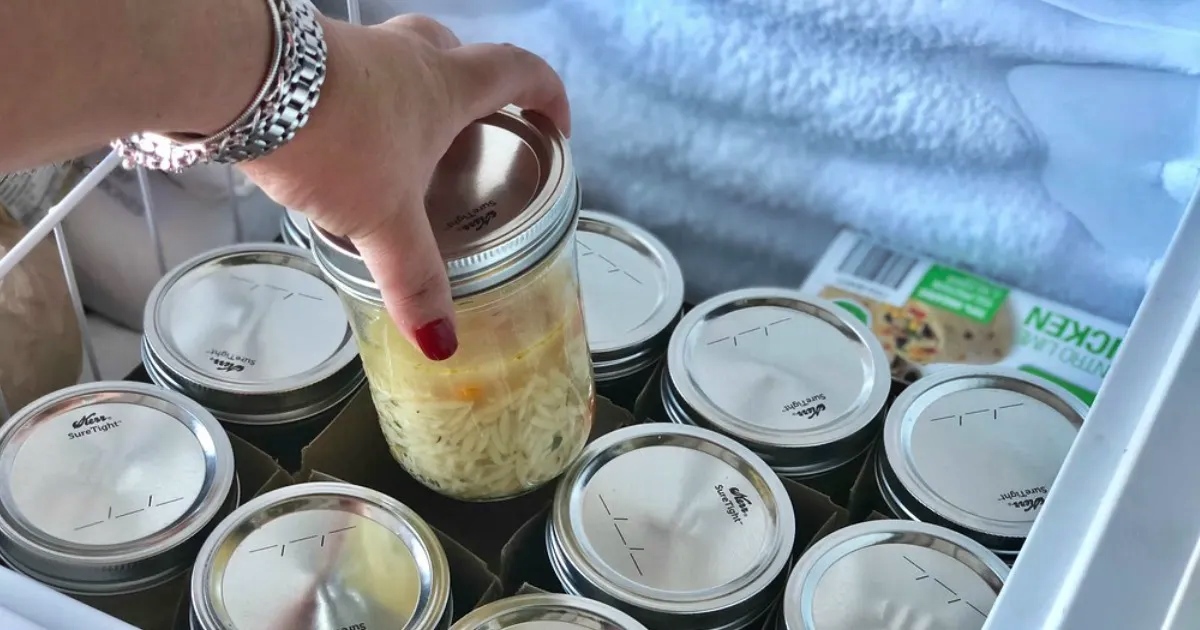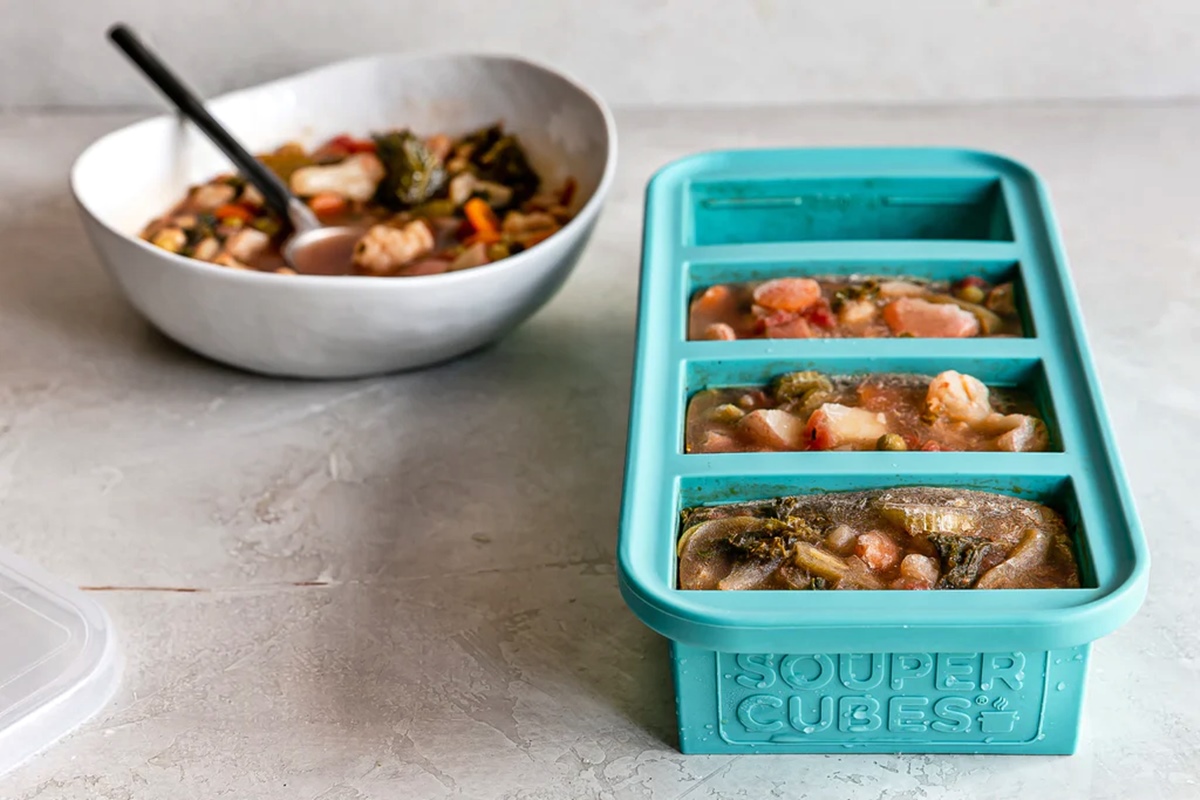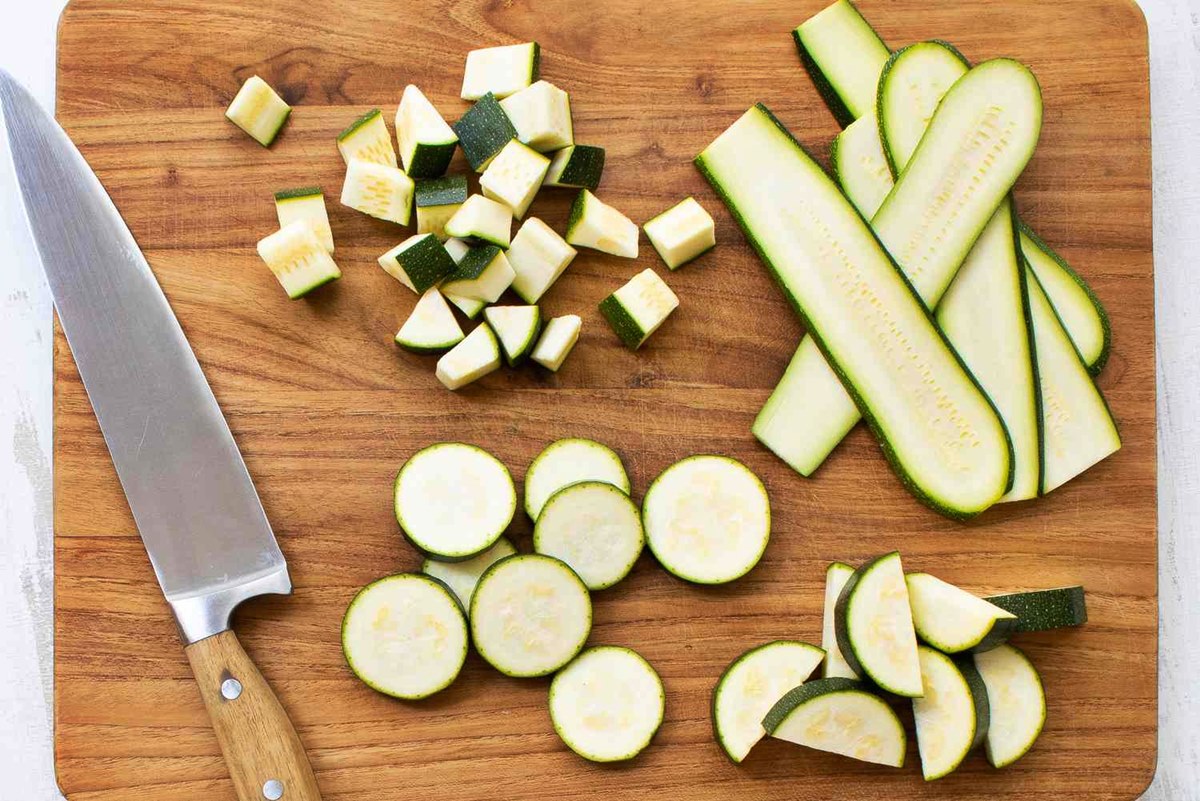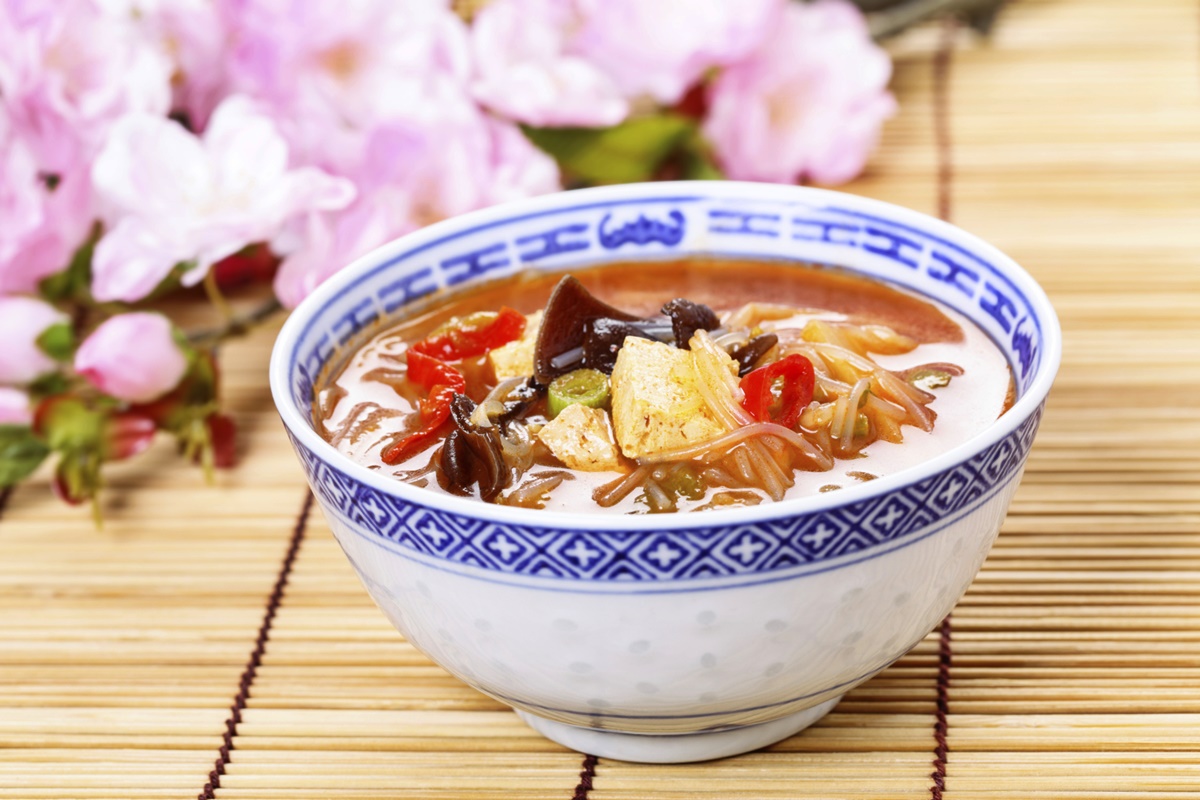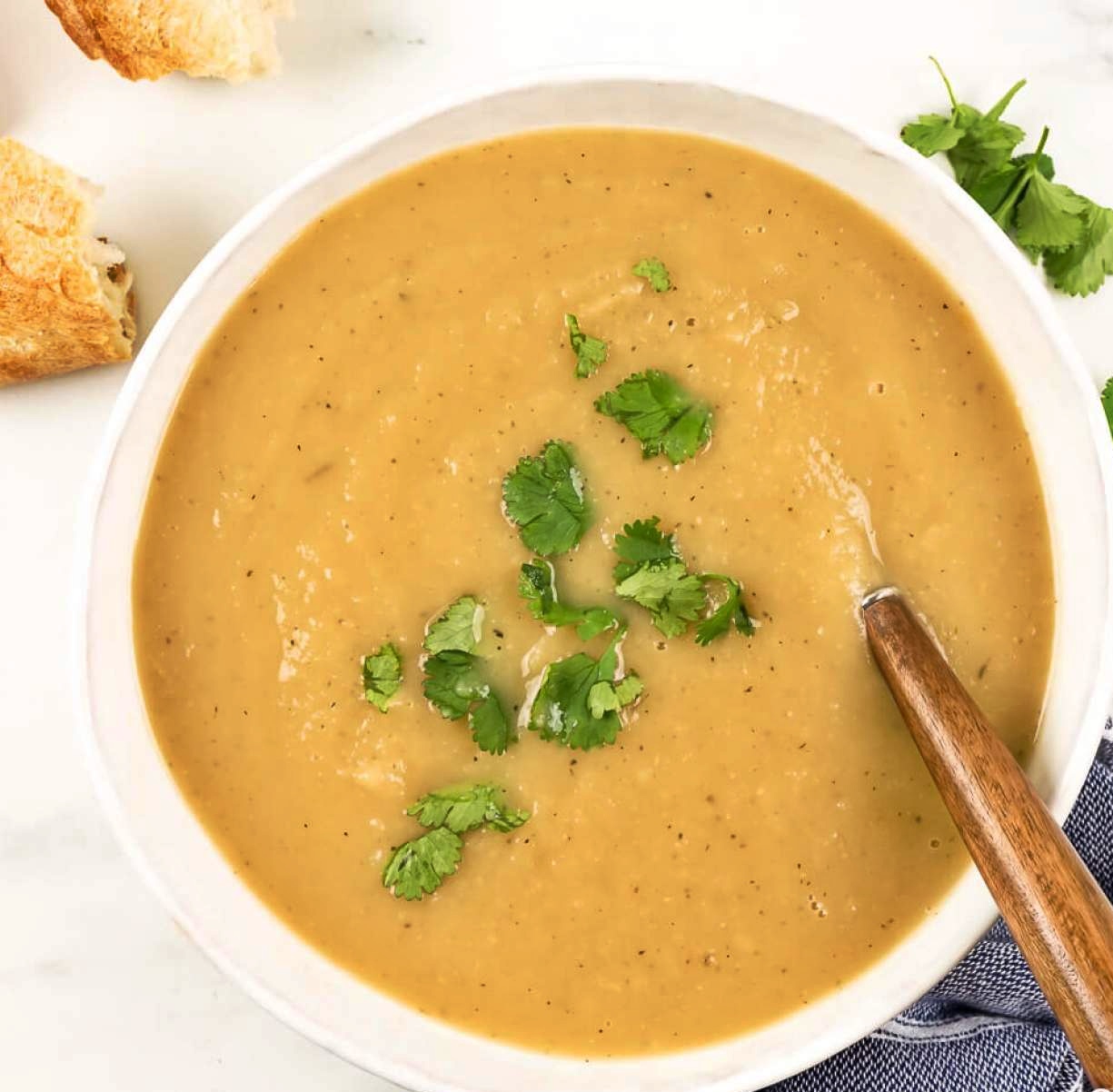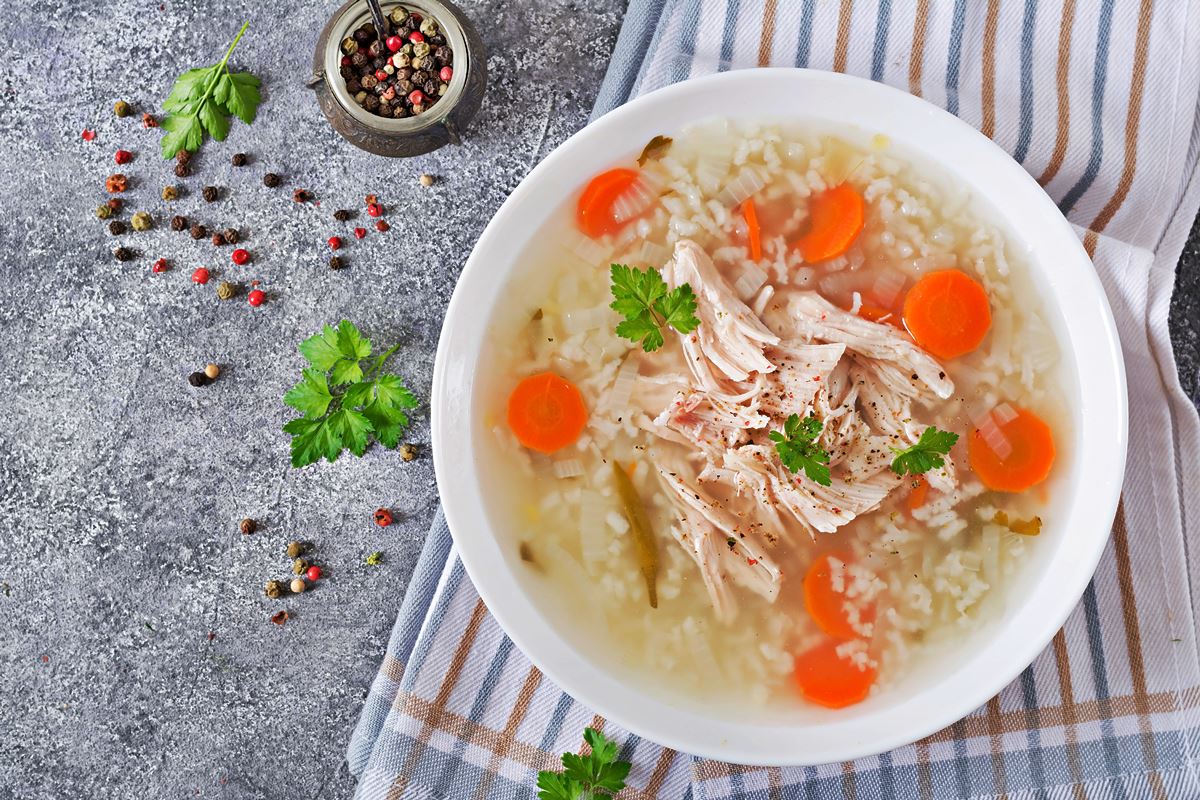Imagine a chilly evening, where warmth is not just a comfort but a necessity. That's where bone marrow soup comes into play, a rich, nourishing broth that's both hearty and deeply satisfying. This traditional delicacy, revered for its robust flavors and health benefits, is surprisingly simple to make. With a few quality ingredients and some patience, anyone can transform their kitchen into a haven of comfort. Bone marrow, simmered slowly to coax out its luxurious flavors, combines with a medley of vegetables and herbs, creating a soup that's not just food but a soothing balm for the soul. Let's dive into how to craft this culinary masterpiece.
Gather Your Ingredients
- 2 pounds beef bones with marrow
- 1 large onion, quartered
- 4 cloves garlic, smashed
- 2 carrots, chopped
- 3 stalks celery, chopped
- 2 bay leaves
- 1 teaspoon salt
- 1/2 teaspoon black pepper
- 1/2 teaspoon dried thyme
- 8 cups water
- Fresh parsley, for garnish
Essential Tools for Crafting Bone Marrow Soup
- Large stockpot
- Chef’s knife
- Cutting board
- Measuring cups and spoons
- Strainer or cheesecloth
- Large spoon or ladle
- Bowls for serving
For rich bone marrow soup, roast bones at 450°F before simmering. This step deepens flavor, creating a more robust broth. Add vegetables, herbs, and water, then slow-cook to perfection.
The Benefits of Bone Marrow Soup
Bone marrow soup, rich in nutrients like iron, vitamins, and fatty acids, supports immune function and joint health. Its preparation, simmering bones for hours, extracts these benefits, creating a flavorful broth. This process not only maximizes nutrient intake but also honors traditional cooking methods, utilizing every part of the animal.
Your Step-by-Step Guide
How To Make Bone Marrow Soup
-
Gather Ingredients
- 2 lbs of beef bones with marrow
- 2 carrots, chopped
- 1 onion, chopped
- 2 stalks of celery, chopped
- 4 cloves of garlic, minced
- 8 cups of water
- Salt and pepper to taste
- Fresh herbs (like parsley), for garnish
-
Preparation Steps
- Preheat oven to 450°F (232°C).
- Place beef bones on a baking sheet. Roast for 30 minutes, until browned.
- Transfer roasted bones to a large pot.
- Add chopped carrots, onion, celery, and minced garlic to the pot.
- Pour water into the pot, ensuring bones and vegetables are fully submerged.
- Season with salt and pepper.
-
Cooking Process
- Bring mixture to a boil over high heat.
- Once boiling, reduce heat to low. Simmer uncovered for 3 to 4 hours. Skim off any foam or fat that rises to the surface.
- After simmering, remove from heat. Let cool slightly.
-
Finishing Touches
- Strain soup through a fine-mesh sieve into another pot or large bowl. Discard solids.
- Taste soup. Adjust seasoning with more salt and pepper if needed.
- Reheat soup if serving warm. Ladle into bowls.
- Garnish with fresh herbs.
-
Serving Suggestions
- Serve hot as a nourishing starter or a comforting meal.
- Accompany with crusty bread for dipping.
- Optional: Scoop marrow from bones, spread on toast, and sprinkle with coarse salt.
Crafting the Final Touches on Bone Marrow Soup
Making bone marrow soup is more than just a cooking process; it's an adventure into rich flavors and hearty nutrition. With the right ingredients and a bit of patience, anyone can transform simple components into a delicious, soul-warming dish. Remember, quality bone marrow is the star of the show, so sourcing the best you can find makes all the difference. Simmering slowly unlocks the depth of flavor and ensures all the nutrients are extracted. Don't forget to season to taste and consider adding your favorite herbs and vegetables to make the soup uniquely yours. Whether you're looking to impress guests or simply treat yourself to a nutritious meal, bone marrow soup stands out as a testament to the power of simple, traditional cooking. Give it a try and savor the rich, comforting flavors it brings to your table.
Answers to Your Bone Marrow Soup Questions
Can I use any type of bones for bone marrow soup?
Absolutely! While beef bones are commonly used for their rich flavor and gelatinous texture, feel free to experiment with lamb, pork, or even chicken bones. Each type brings its own unique taste to the table, so don't be afraid to mix and match based on what's available or suits your palate.
What's the best way to prepare bones for making soup?
Giving bones a good roast before simmering them is a game-changer. Spread them out on a baking sheet and pop them into a preheated oven at 450°F for about 20 to 30 minutes. This step caramelizes the fats and marrow, deepening the soup's flavor profile. Trust me, your taste buds will thank you.
How long should I simmer the soup for optimal flavor?
Patience is key when it comes to bone marrow soup. For a broth that's rich and full of depth, aim for at least 8 to 10 hours on a low simmer. If you've got a slow cooker, even better! Letting it do its magic overnight can yield an incredibly flavorful broth by morning.
Is it necessary to skim off the fat from the soup?
While some fat can add richness, skimming off the excess is usually a good idea to avoid an overly greasy mouthfeel. A few hours into simmering, you'll notice a layer of fat on the surface. Gently skim it off with a spoon. For an even clearer broth, let the soup cool and remove the solidified fat from the top.
Can I add vegetables to my bone marrow soup?
Definitely! Vegetables not only add layers of flavor but also boost the nutritional value of your soup. Onions, carrots, celery, and garlic are classic additions. Toss them in during the last few hours of cooking to keep their flavors bright and distinct.
What's the best way to serve bone marrow soup?
Serving this soup is where you can get creative. Season with salt and pepper to taste, and consider garnishing with fresh herbs like parsley or thyme for a pop of color and freshness. For a heartier meal, add some cooked noodles, rice, or even a few slices of toasted bread to soak up all that goodness.
How can I store leftover bone marrow soup?
Leftover soup stores beautifully in the fridge for up to 5 days or in the freezer for a couple of months. Just make sure it's cooled down before transferring to airtight containers. When ready to enjoy, gently reheat on the stove, adjusting the seasoning as needed.
